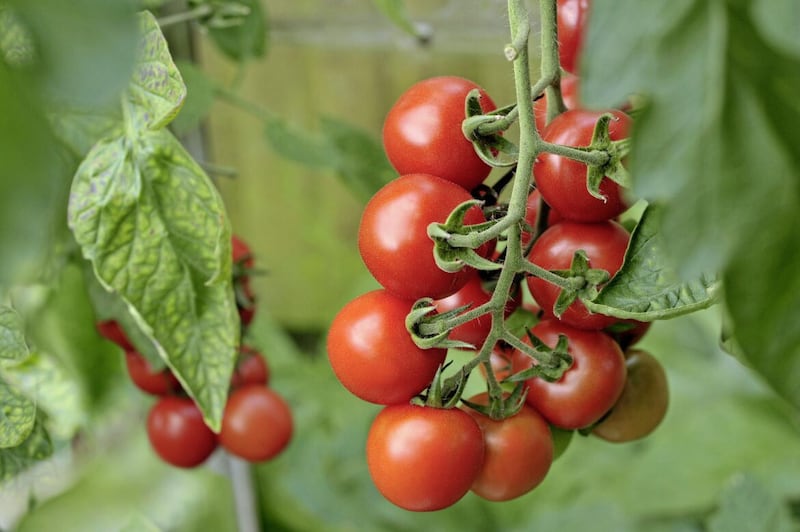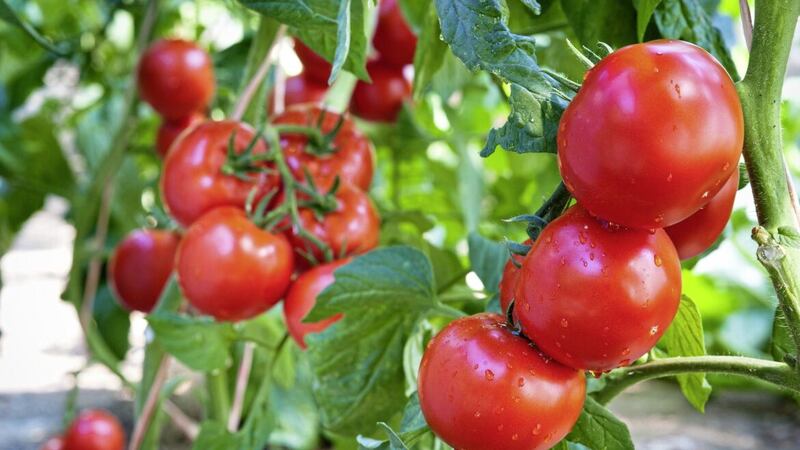Paying a four figure sum for a greenhouse means I aim to get my money's worth, so if I do nothing else, I'll raise a crop of tomatoes every year.
I'm also very fond of tomatoes and over time have even managed to convince some in the household who were historically averse to them in their raw form, that homegrown Solanum lycopersicum is something very special, and not at all like the hard and watery shop-bought varieties.
They're also a great crop to grow – there's a good germination rate with the seeds and under the right conditions they'll always deliver. There are a few basic tricks to ensure a bountiful harvest, such as planting them up to 20cm deeper and removing the vigorous side shoots, but beyond good structural support, plenty of sunshine, regular water and an occasional feed, tomatoes aren't especially demanding. The only major threat of disease to this member of the potato family is blight, which mostly affects outdoor varieties.
Seeds should be sown from late January through to March and planted out once the risk of frost has passed. If you've missed the boat, visit any garden centre or nursery this weekend and you should still be able to pick up half a dozen young plants for around a tenner.
In my experience, these tend to be shorter varieties, as this reduces the chances of them being damaged. The lanky, two dozen 45cm plants that I planted last weekend ('Moneymaker' sown by my wife around seven weeks ago) were transported less than a half-a-mile under strict conditions from my parents' sunny porch – I imagine those long, fragile stems wouldn't last a an hour in a comercial setting.
Tomatoes can, in theory, be grown outdoors but I've yet to encounter anybody north of Paris who would choose to deliberately do this, unless they didn't have a greenhouse or substitute. Growing under cover gives better yield and your crop will be less susceptible to pests and diseases. If planning to grow outdoors, choose a bush or determinate variety that won't require a support, such as ‘Losetto’ or ‘Lizzano’.

Vine types, also known as cordon or indeterminate, are more common and best suited to growing in greenhouses, polytunnels or conservatories. The side shoots that emerge at a 45-degree angle between the main stem and branches need to be pinched out at the earliest opportunity or you'll end with a rather unruly plant that won't perform optimally. Popular vine varieties include 'Ailsa Craig', 'Piccolo' and 'Gardeners' Delight', which require support, either from canes or tied with garden string fixed overhead.
I grow the majority of mine in a purpose-built bed inside the greenhouse. The vines grow up string suspended from above I change the growing medium every year; it's a mix of milled seaweed from the shore and home made compost, topped up with the remnants of last year's containers. The nutrient content is augmented with a feed of nettle tea every few weeks.
This 'nettle tea' is key, and while it may smell like a decomposing corpse, it's the perfect tonic for tomatoes. Brewing is simple: collect nettles and leave them in a container of water for a couple of weeks, ensuring the nettles are submerged. It'll soon start to bubble and stink. Dilute the liquid 1 part to 10 parts water and give the roots of your plants a generous soak after watering.








